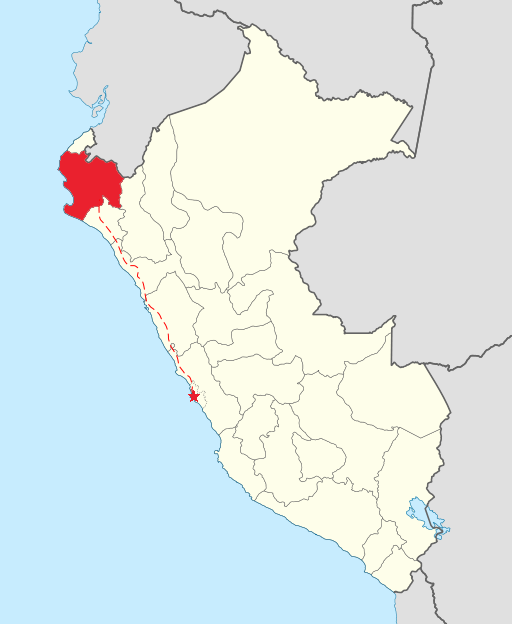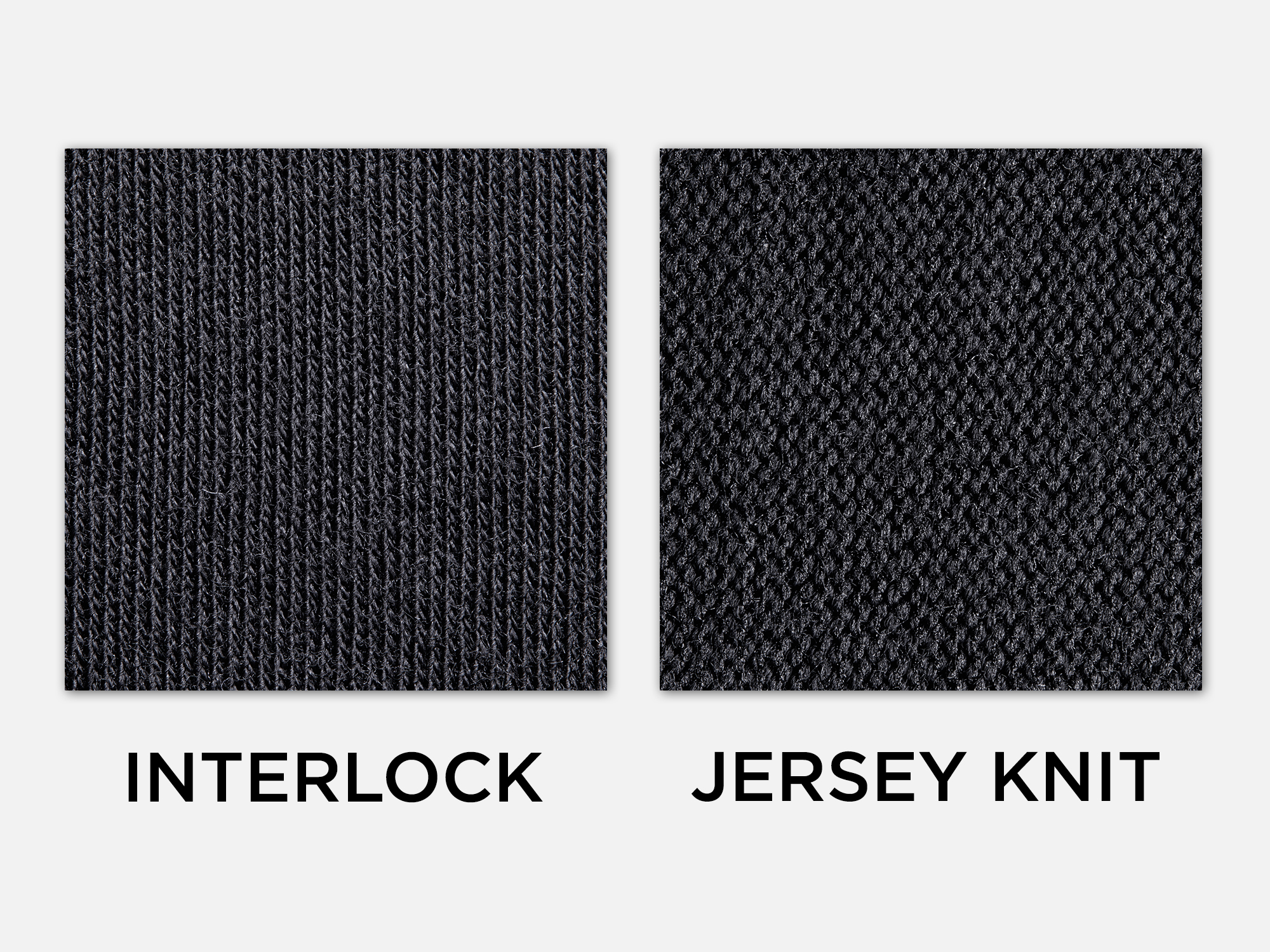Silk. Coffee. Chocolate. Wine. Hey, we know what we like. And we also know that not all of our favorite things are born into this world with equal footing. When it comes to luxury goods, variables like altitude, temperature - or if you’re into cashmere, the lineage of a particular herd of Mongolian goats - have a resounding effect on quality. From your favorite Hermès pocket square in the most sumptuous silk to the elegant character of a top Bordeaux, nothing gets to be that good simply by accident.
The coast of Peru is a topographical wonderland. Depending on where you’re standing, you could find yourself gawking at the foot of a staggering mountain range, alone in a bone-dry desert, or in the middle of a resplendent field in a hidden coastal valley. These lush pockets of fertile land are home to some of the world’s most optimal conditions for growing pima cotton. If you’re into premium textiles as much as we are, you know that when it comes to natural fibers, pima cotton is among the finest on earth. The reasons for this natural wonder are many. We recently caught up with Oscar Sarmiento, a leading product developer in Peru’s cotton industry who specializes in all things pima.

Sarmiento had just returned from a visit to Piura, a region in northwest Peru where pima cotton fields abound in the area’s rich soil. It’s not an easy trip - eighteen hours from Lima in a car winding around country roads and steep ravines. But for Sarmiento, it’s more than worth it. Much like terroir influences and nurtures grapes in the winemaking process, this area of the world was absolutely made for growing pima cotton. Or is it the other way around? “Weather is everything,” Sarmiento emphasizes. He explains that the conditions in Piura are especially ideal for the pima cotton plant to do what it does best: grow lean, long, and incredibly soft. The microclimate of the coastal region, augmented by a healthy December - January rainfall and warm, balanced equatorial temperatures create a perfect cradle in which the cotton plants thrive. Farmers typically wait until the rainy season to sow the crop. And when the pima bolls are plucked from the bur (always by hand, machines would be too damaging) their wondrous journey has only begun. Next, they are washed, treated, spun into thread, and dyed.
Pima cotton’s unique, extra-long strands make it an ideal candidate for more complicated fiber knitting techniques. Because of its supreme length, pima cotton is stronger, which translates to a higher quality of thread and fabric. When paired with the exceptional softness of pima cotton, a double knit weave like the interlock takes plush comfort to places we wouldn’t expect. Interlock fabric is a variation on the classic rib knit method of construction most of us are familiar with, and as far as we’re concerned, this thick yet lightweight weaving technique pairs perfectly with the high quality of pima cotton fibers. It’s as if the two were made for each other.
An interlocking knit is constructed on an entirely different machine than one that makes a standard jersey tee. Here’s a quick trick to help you visualize what that means. Grab a nearby cotton t-shirt - if it’s the one you’re wearing, all the better. Take a really close look at the weave on the front. See how it looks like thousands of tiny “V” shapes? Okay. Now flip the bottom of the t-shirt over so you’re looking at it from the underside. Chances are, you’ll probably see a pattern that resembles a bunch of wavy lines (in the textile biz, those are called meshed loop wales). If so, congrats friend, you’re wearing a jersey knit t-shirt. But with an interlock weave, you’ll be seeing that same “V” pattern on both the front and reverse sides.

But how does that work? For the most part, interlock fabrics are produced on special circular double jersey machines, or interlock machines. These machines require more thread, more needles per inch, and more time to properly construct the garment. Interlock is a double knit, and as the name suggests, it has the smooth fabric face on both sides, and those meshed loop wales can’t be seen because they have been locked together. The result? An incredibly strong fabric that’s unbelievably soft on both sides, yet is also light and breathable because after all, it’s still 100% cotton.
When a fabric has an exceptionally smooth surface, it is described as having a “fine hand.” A high-quality Peruvian pima cotton textile is most certainly this, and combining that level of comfort with the smooth, fine hand, and bomb-proof strength of the interlock weave, it leaves us with one last question: can there be such a thing as a luxury cotton t-shirt? We’re thinking the answer is yes. With the softness of pima and the strength of the interlock, it’s not just something we’d wear - we’d travel the ends of the earth to find it.
images via Pillars of Thought

